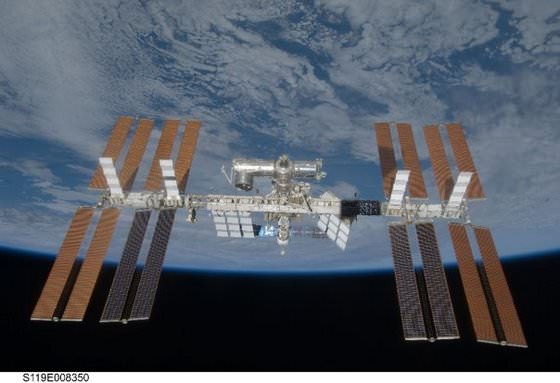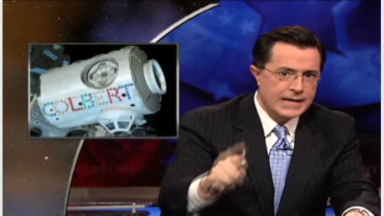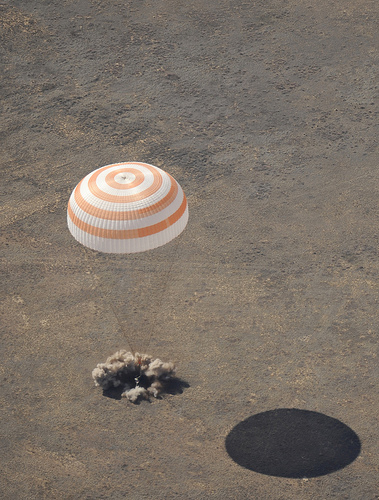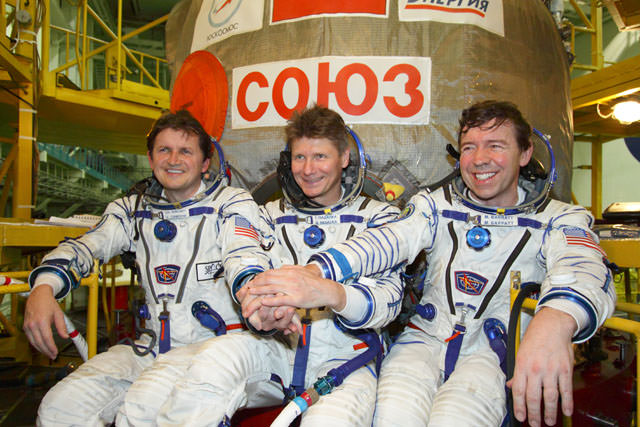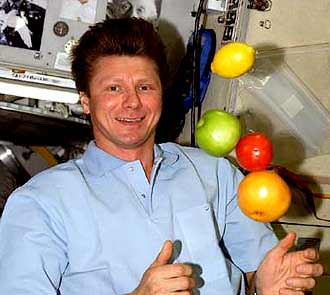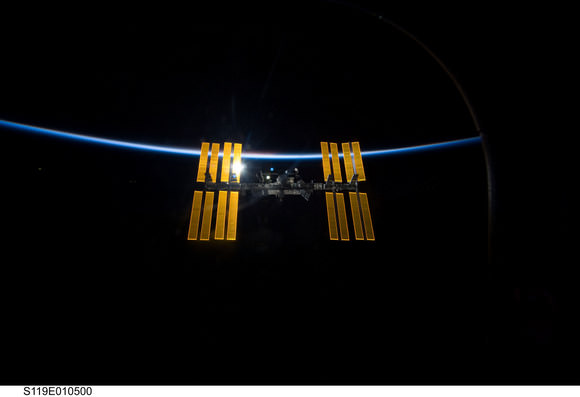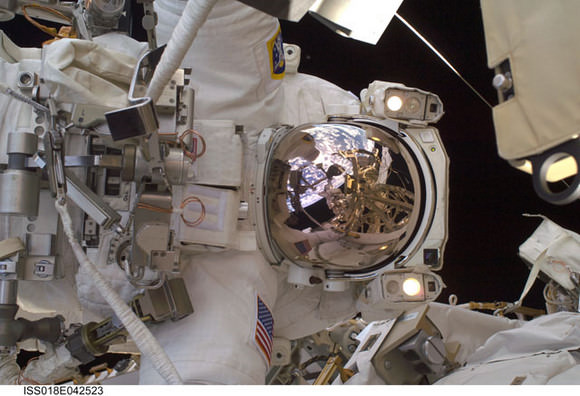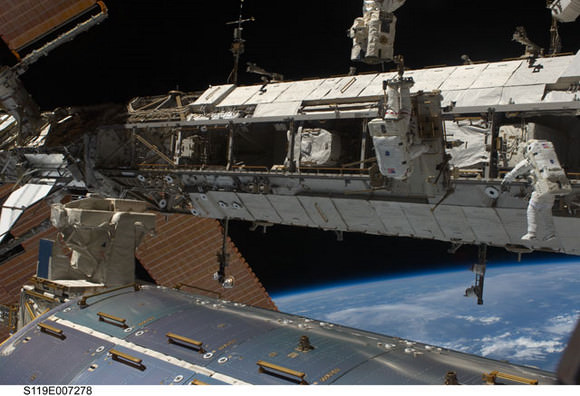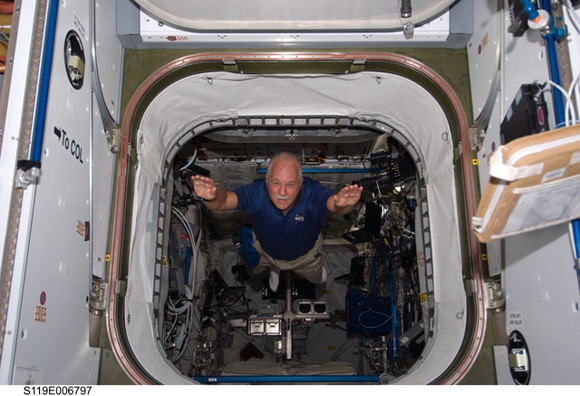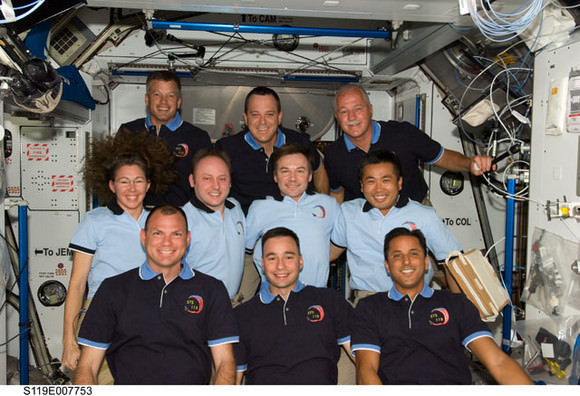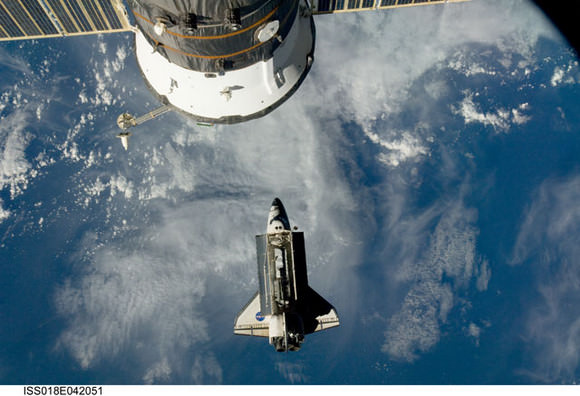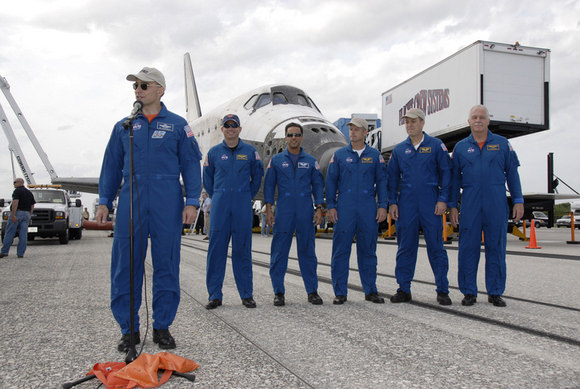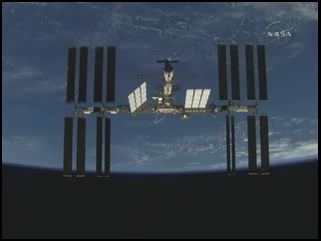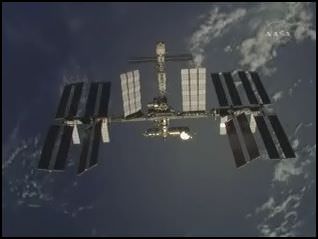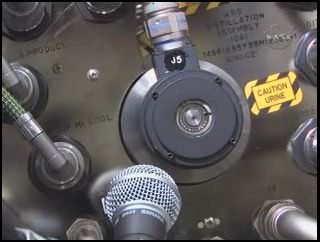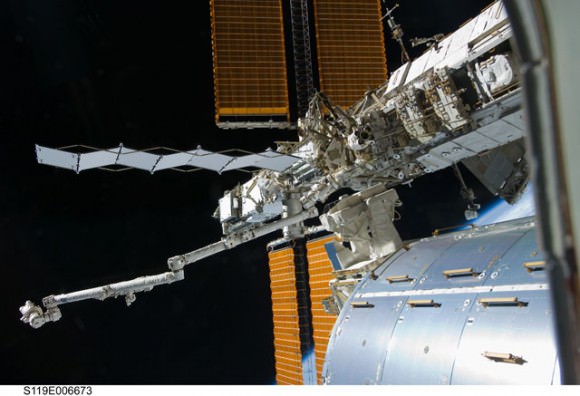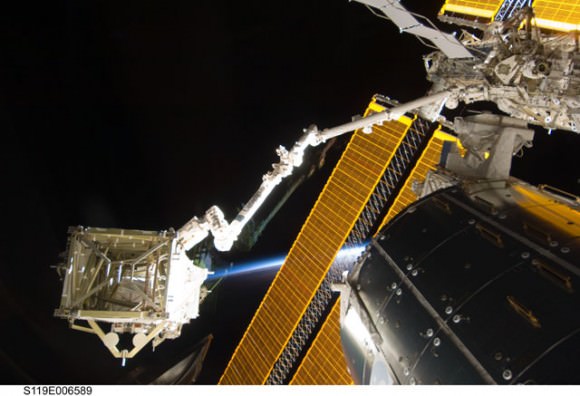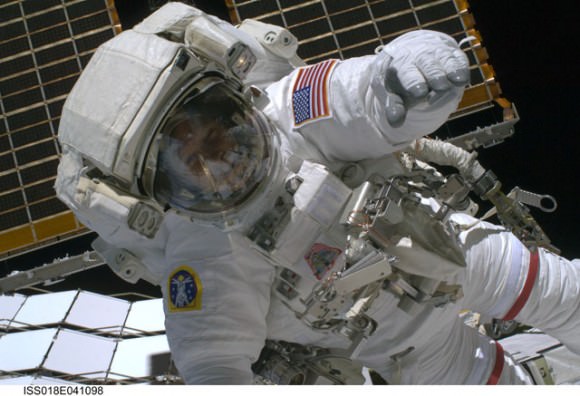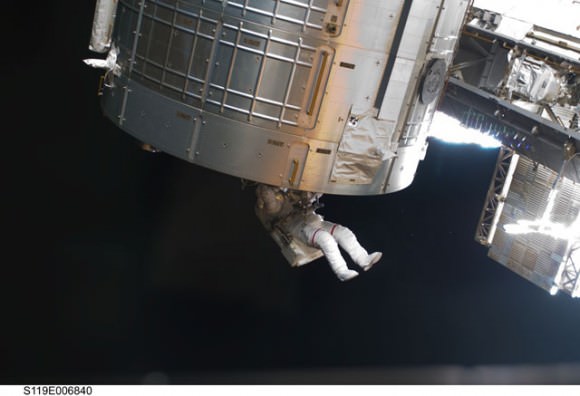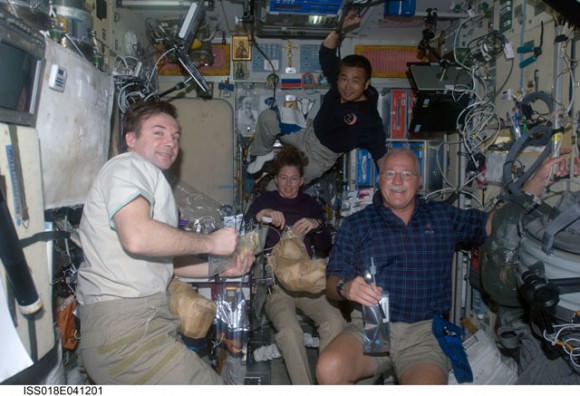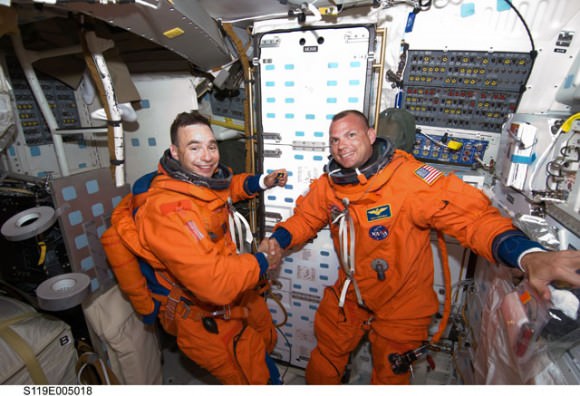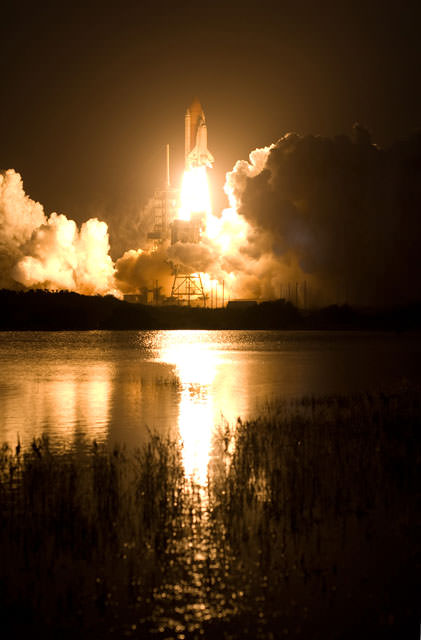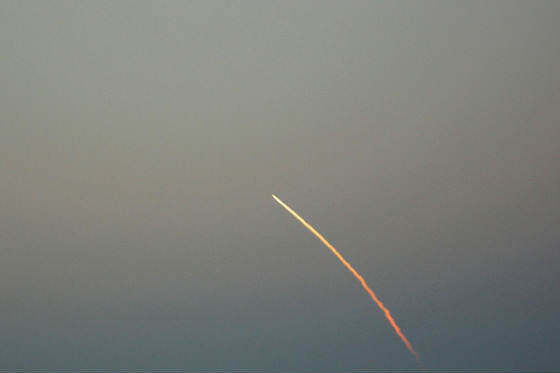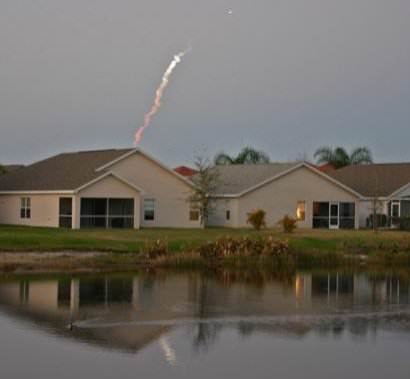[/caption]
Fifteen partnering nations have agreed in principle to extend the life of the International Space Station, and keep it operating through 2020, according to an article in the Wall Street Journal. That is at least five years beyond the current deadline. Until now, the major partners – NASA, ESA and the Russian Space Agency – hadn’t committed to keeping the station operational past 2015, and questions loomed about the future of the ISS and its worthiness as a platform for scientific research. An extension could give new momentum to science, but may force NASA to siphon money away from other projects – like the new Constellation program – in order to pay for the additional years of operation.
The ISS has been under construction since 1998 and over the life of both designing and building the orbiting outpost, costs have crept upwards of $100 billion USD. But some feel that prolonging the facility’s life, particularly in the midst of the current global economic turmoil, could also force some tough questions within NASA. Adding five more years to the life of the ISS could cost about $10 billion or more between 2015 and 2020. NASA’s annual budget is around $18 billion, less than .7% of the US’s national budget.
Additionally, some members of Congress are looking to extend the life of the shuttle to avoid the five year gap (2010-2015) between shuttle retirement and the first human mission of the Ares/Orion combo, and Constellation’s goal of returning humans to the moon faces potentially significant delays unless Congress provides additional funds for NASA’s budget.
But does NASA put all the money towards building the space station and then abandon it? Neither Congress nor the White House wants the political flak for cutting off station operations without reaping the benefits of prior spending. Decisions have been complicated by the fact that arguments between the White House and some lawmakers have held up nomination of the next NASA administrator.
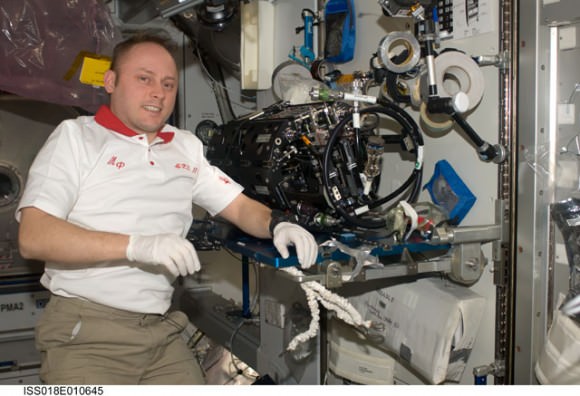
A NASA spokesman said last week that the agency is developing cost estimates for extending station operations through 2020 “in the event the [Obama] administration decided to propose” that option in future budget requests. The agency also said that in the meantime, it “continues to take no steps that would preclude extending station operations.”
The international partners agreed that keeping the station operating past 2015 doesn’t “pose any significant technical challenges” and space-agency heads “committed to work with their respective governments” toward that goal, according to a NASA official.
NASA’S counterparts in Russia, Japan, Canada, various European countries and most of the other partners are eager to maintain political support and funding for the station. Space agencies around the globe believe the 2020 date is “an eminently logical goal” and “momentum is heading in that direction,” according to a source quoted in the Wall Street Journal. In order for an extension to become official, individual governments must formally agree and come up with a funding plan.
The ISS has provided promise of scientific breakthroughs in areas from medicine and biology to manufacturing microelectronic components. Scientists say the lack of gravity will provide new insights into molecular structures, cell activity and medical issues such as loss of bone density. Some of the first advances have already begun with recent findings of how salmonella poisoning forms in food and how human cells react to vaccines in space.
The Obama administration hopes the station’s extension will spark further international cooperation on space endeavors and scientific research. When the station crew grows to six in May, experiments this summer will look at how gravity may affect biofuels and for “what could possibly be a vaccine for multiple viruses,” said Joy Bryant, the head of Boeing Co.’s space-station team. “We’re just now beginning to see the full potential” of the research, she told reporters at a recent industry conference.
Source: Wall Street Journal

